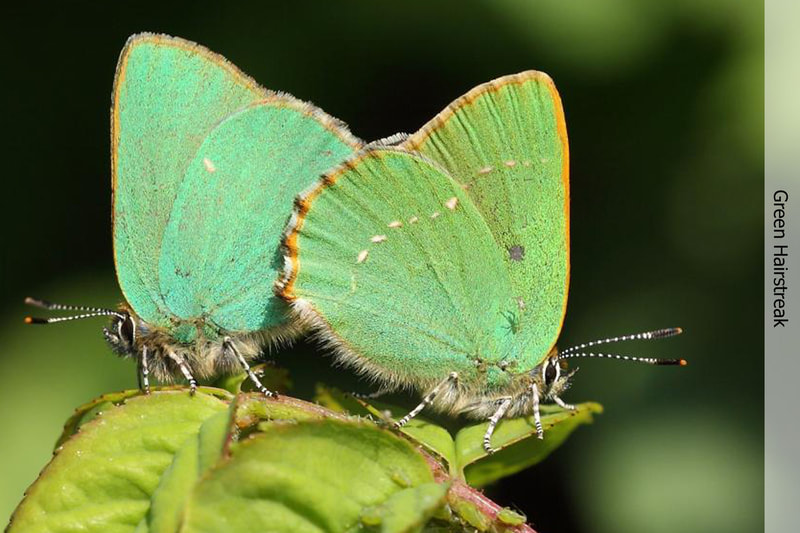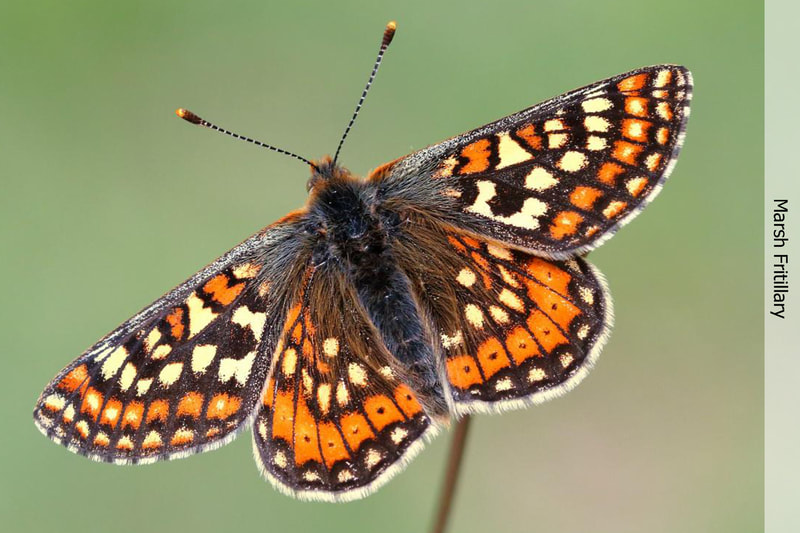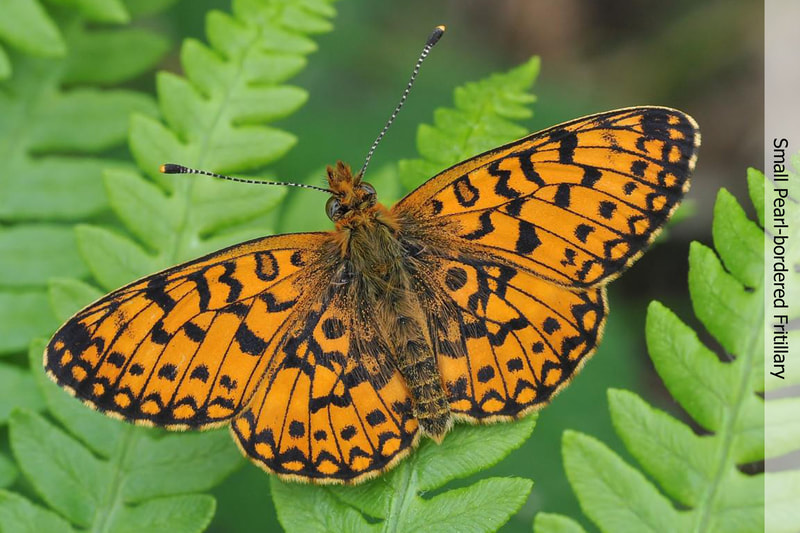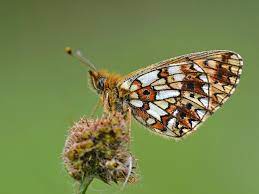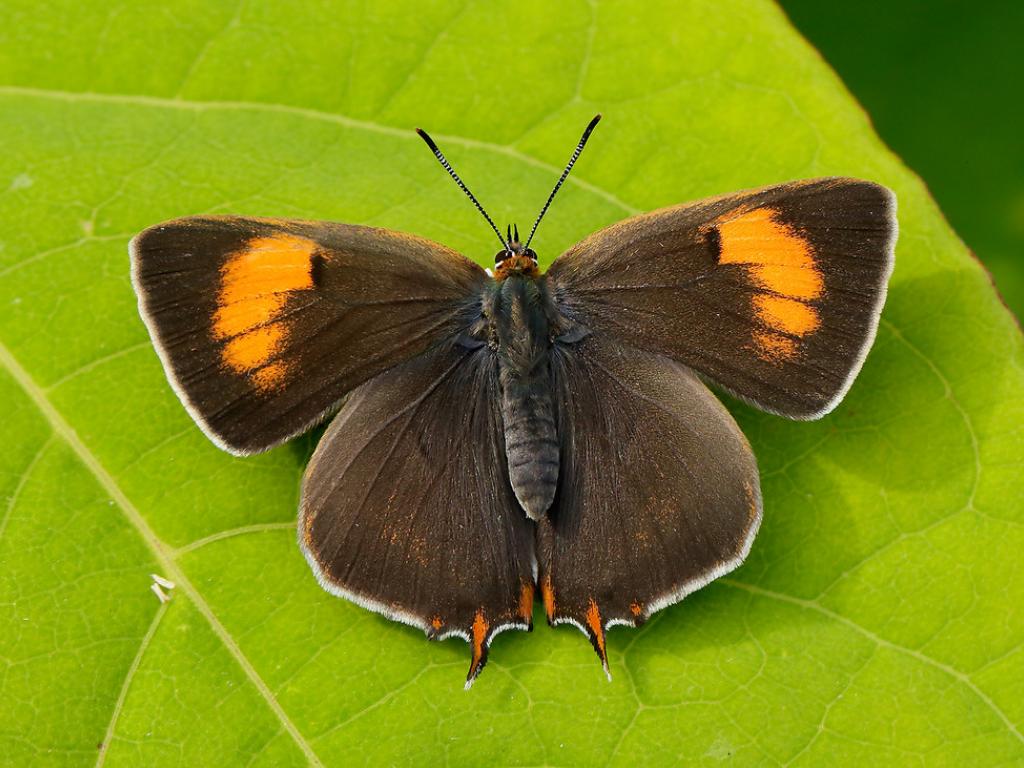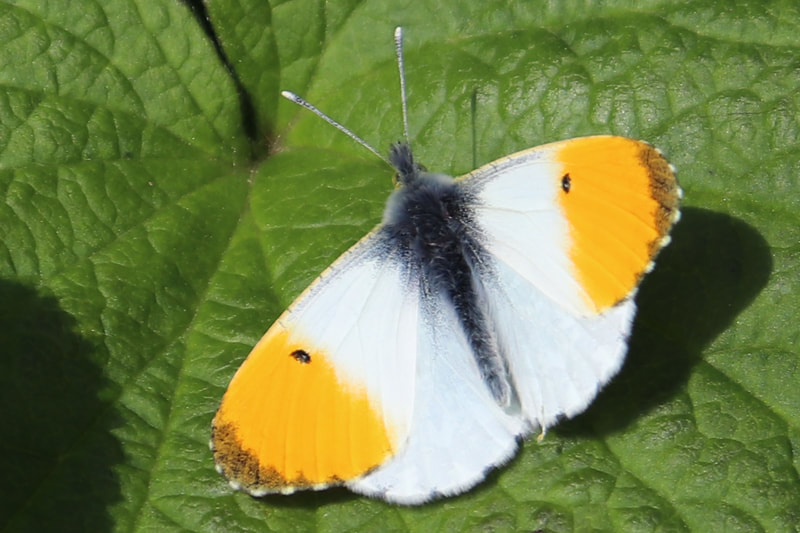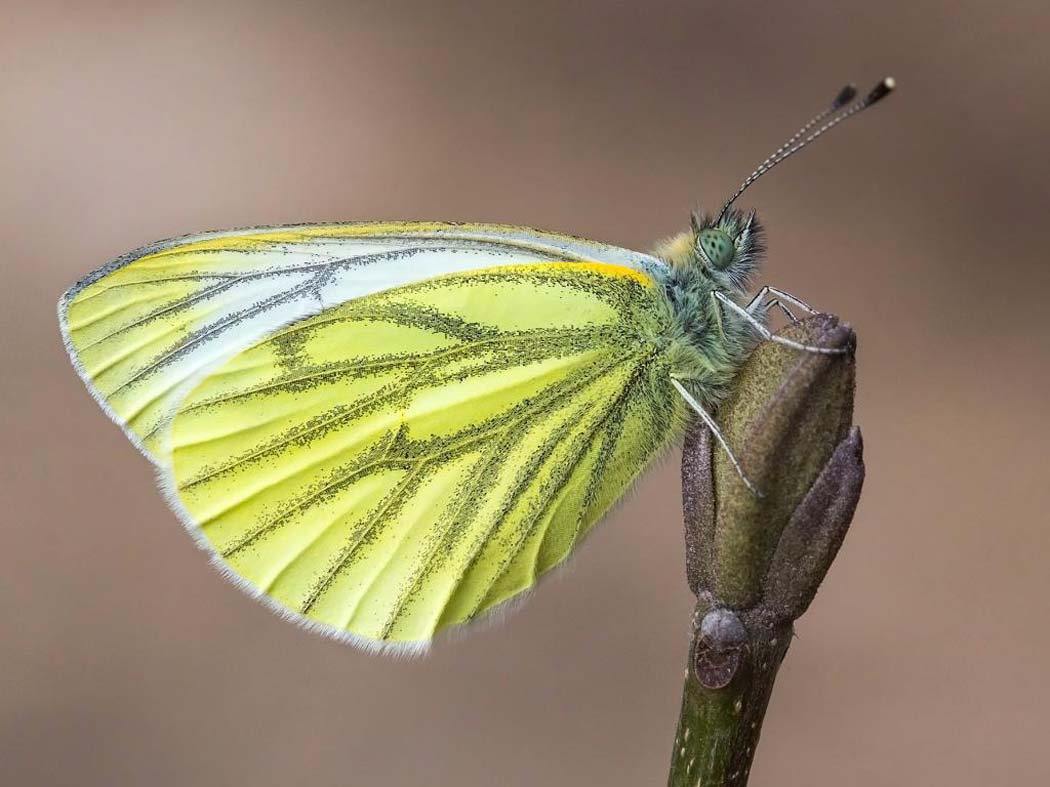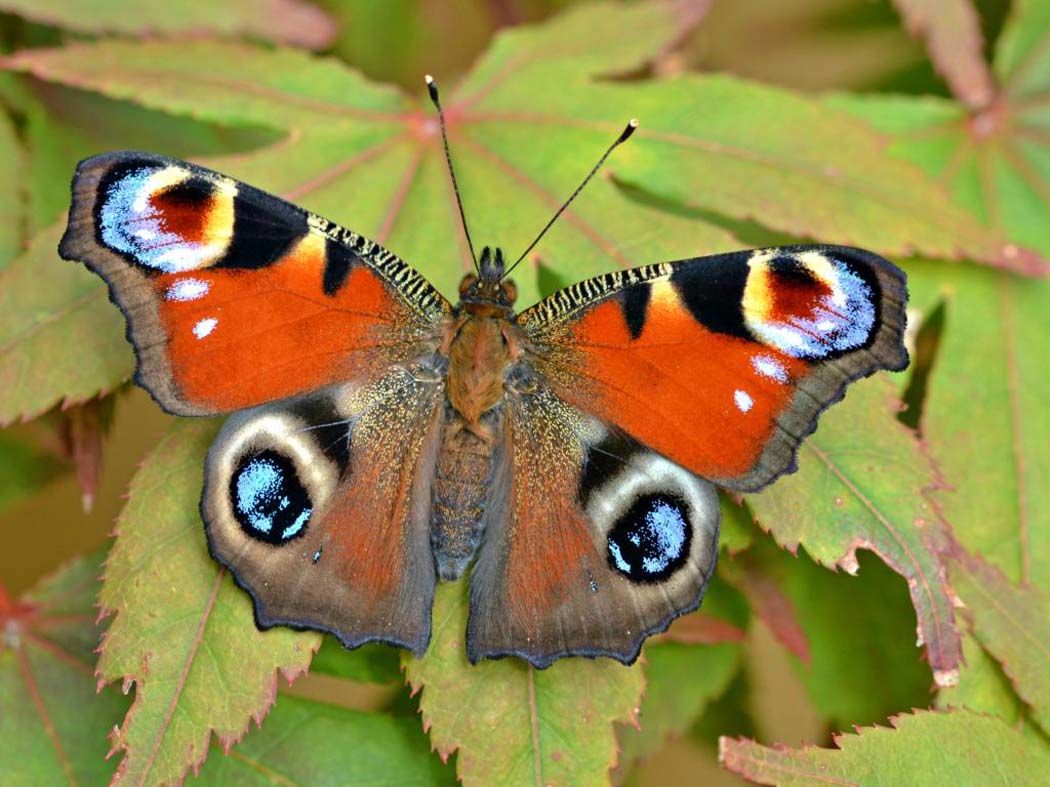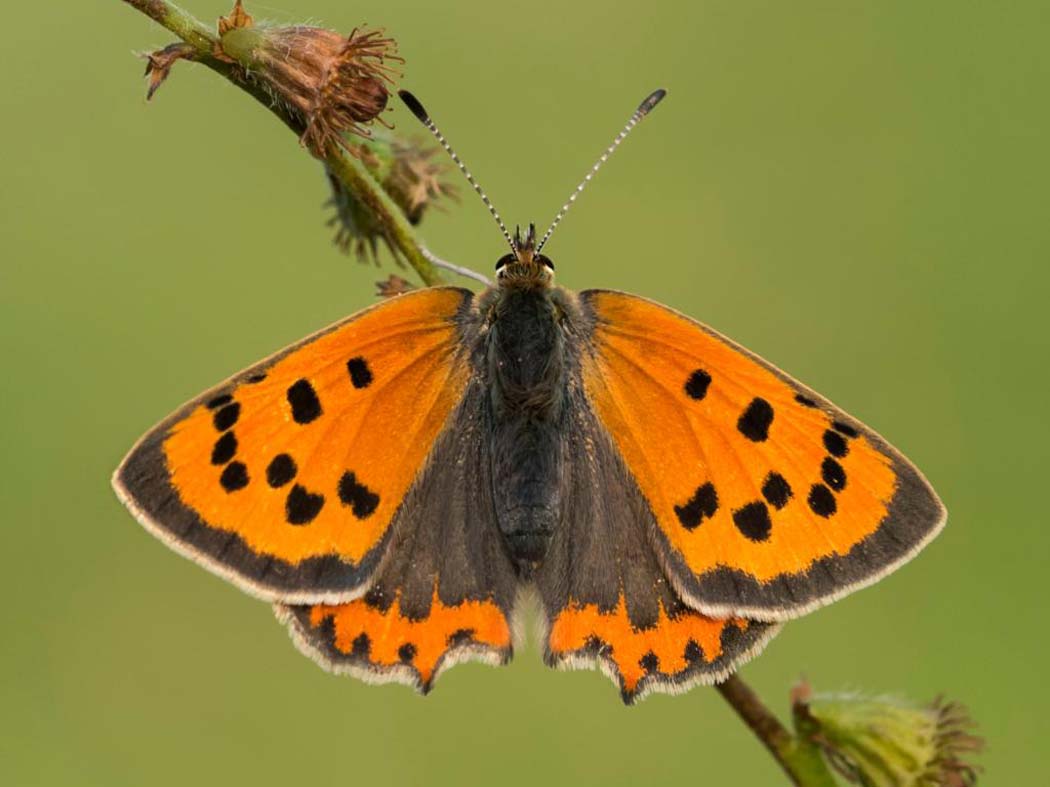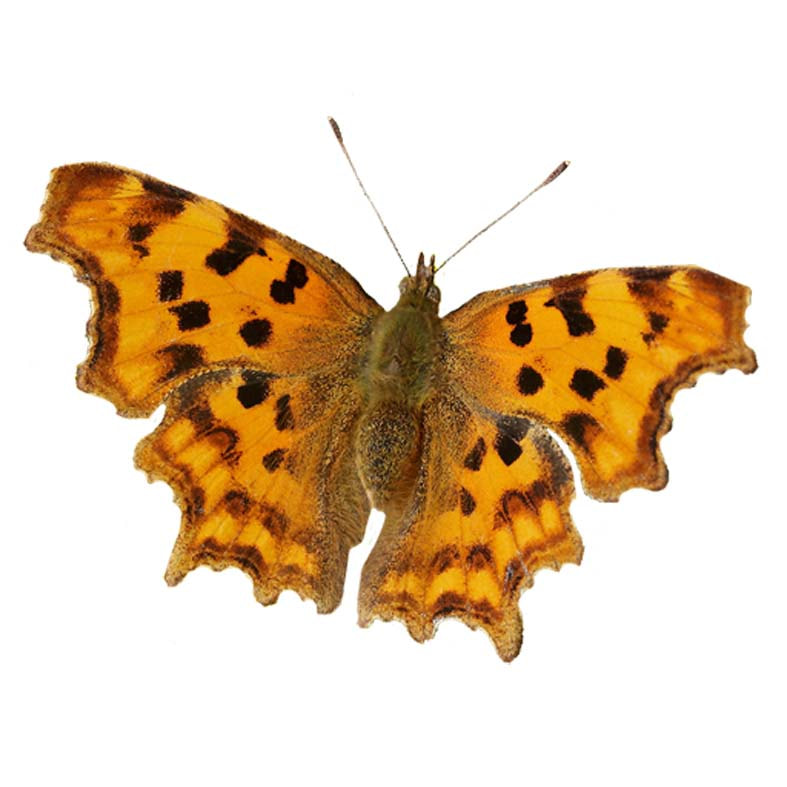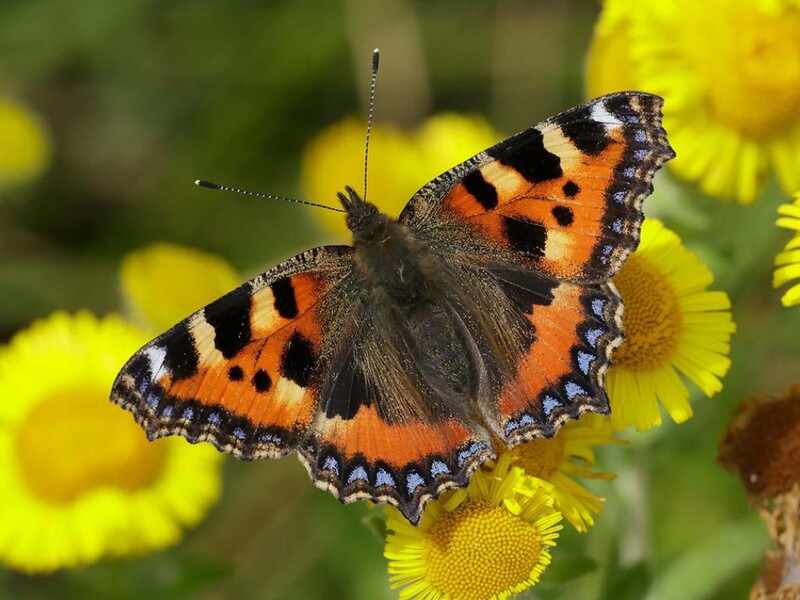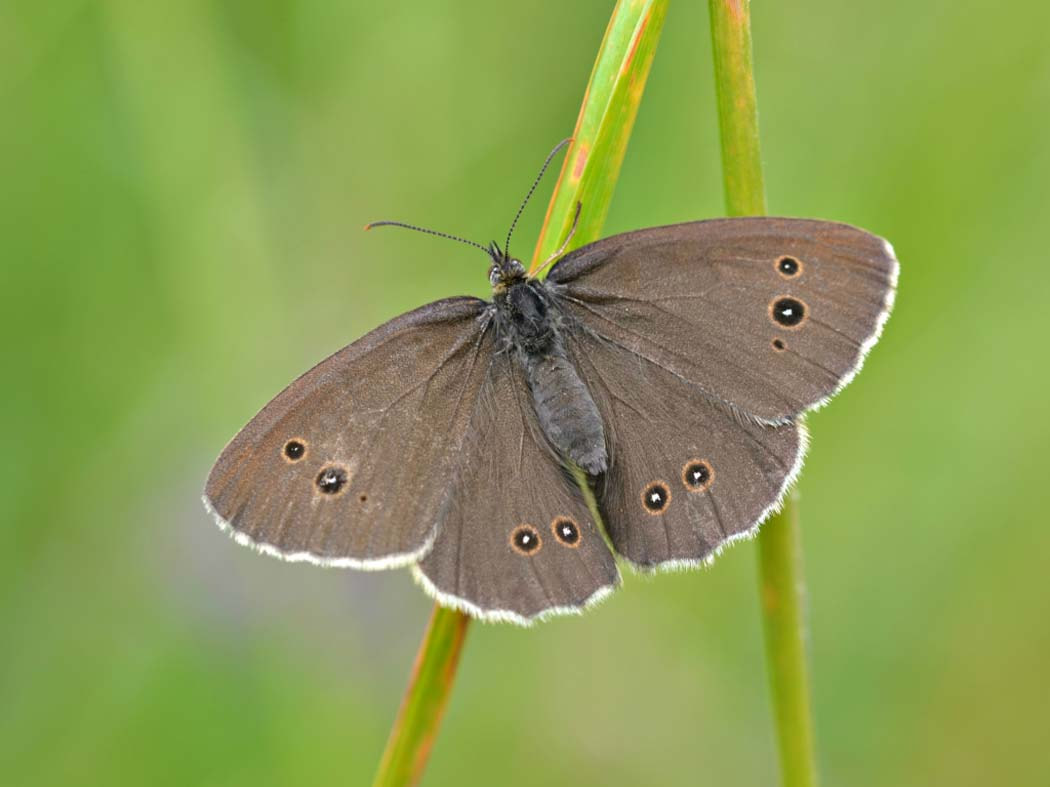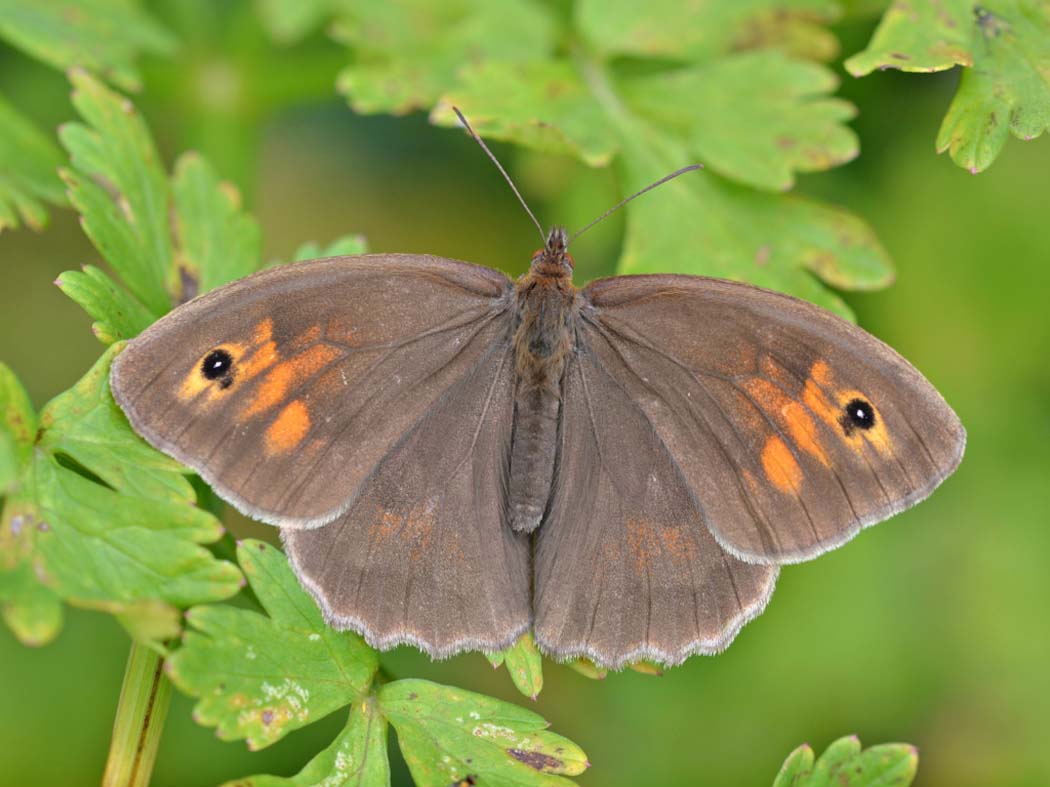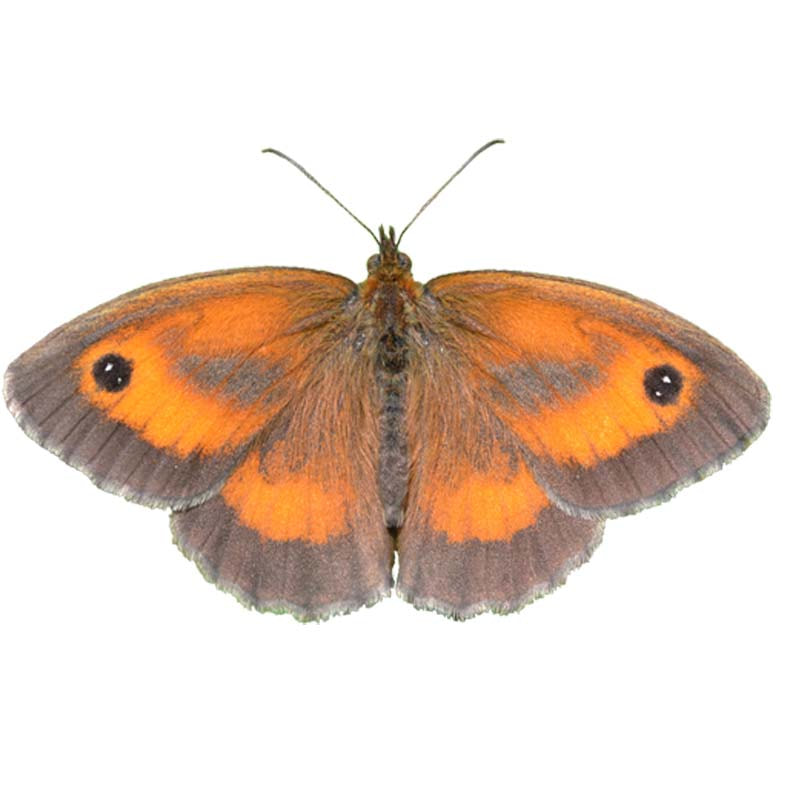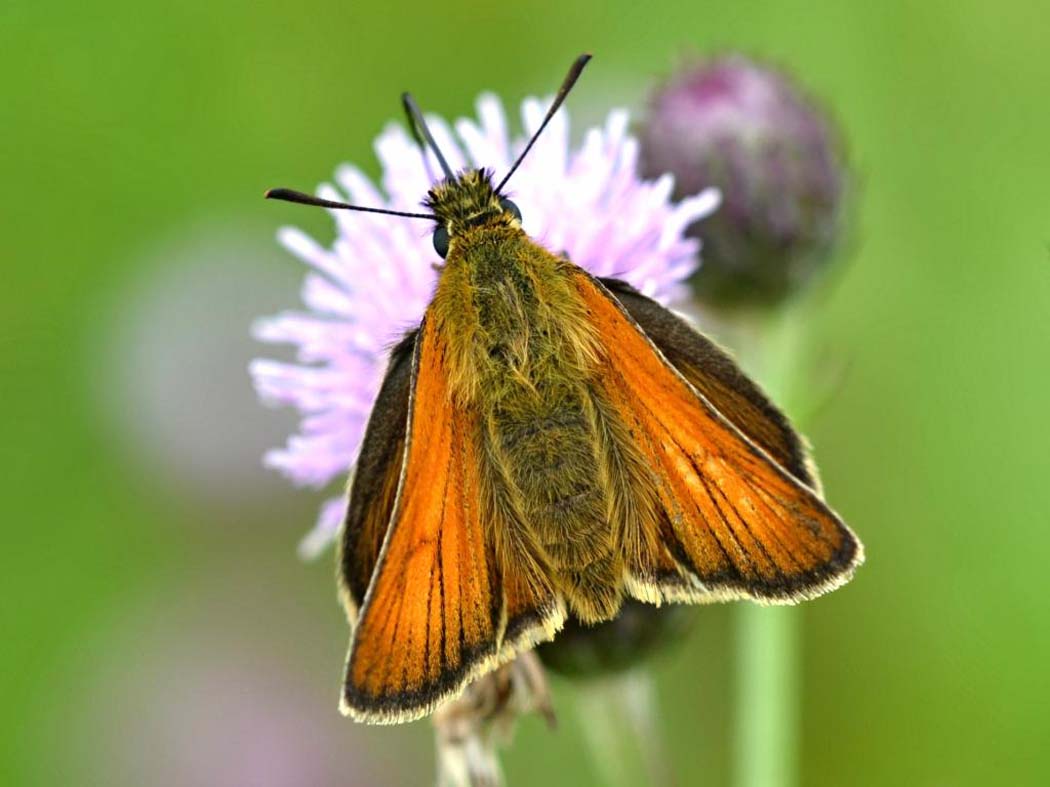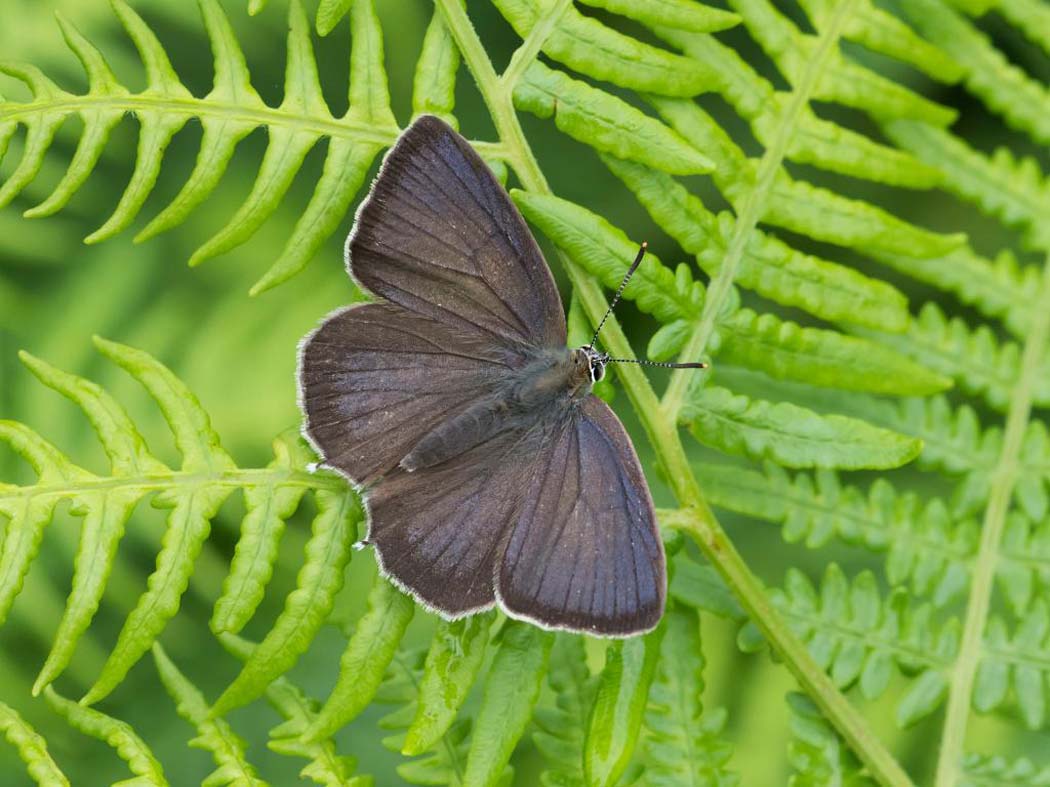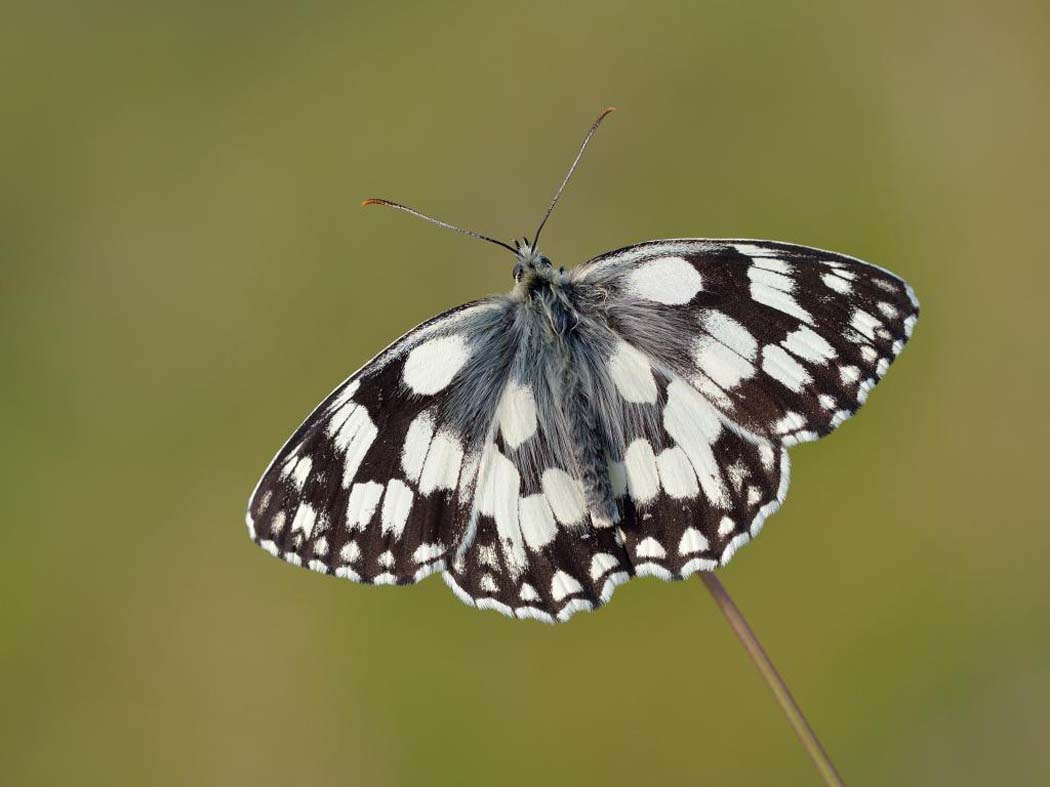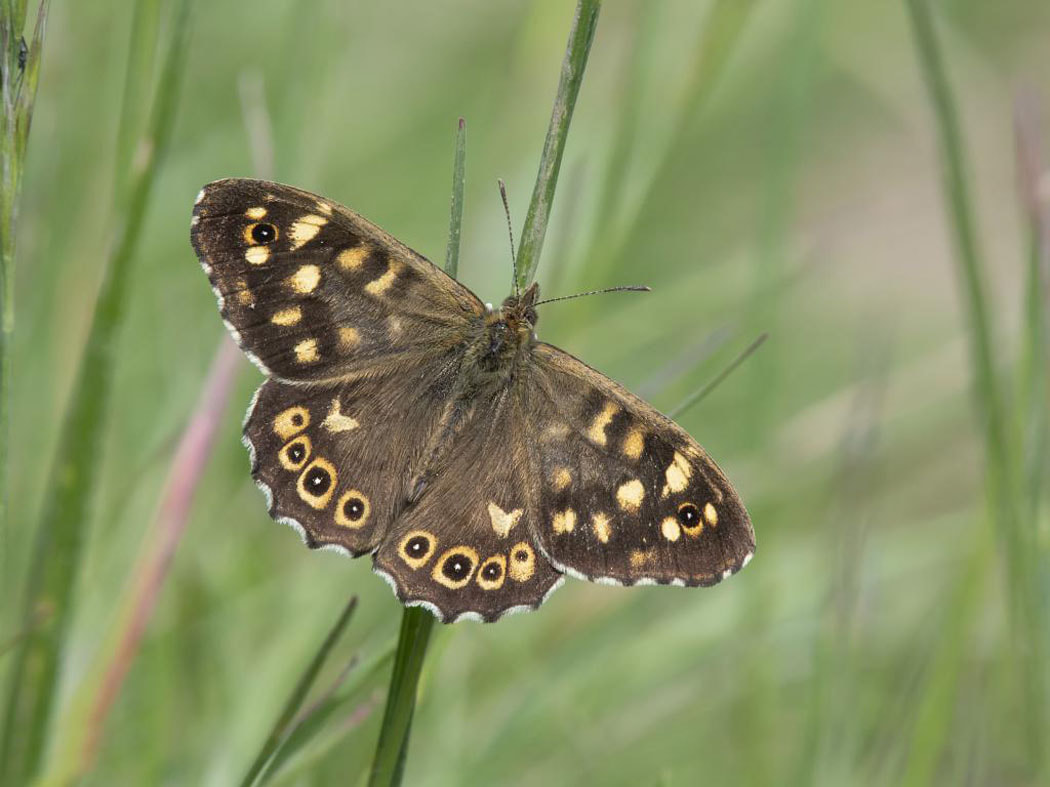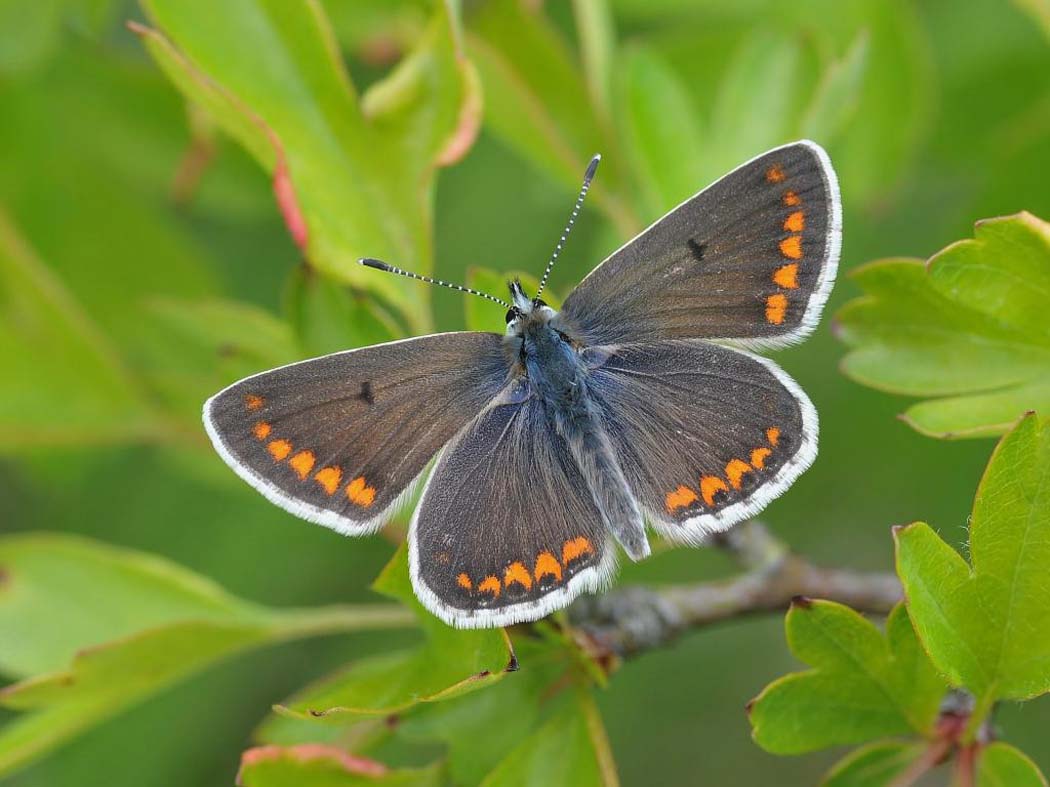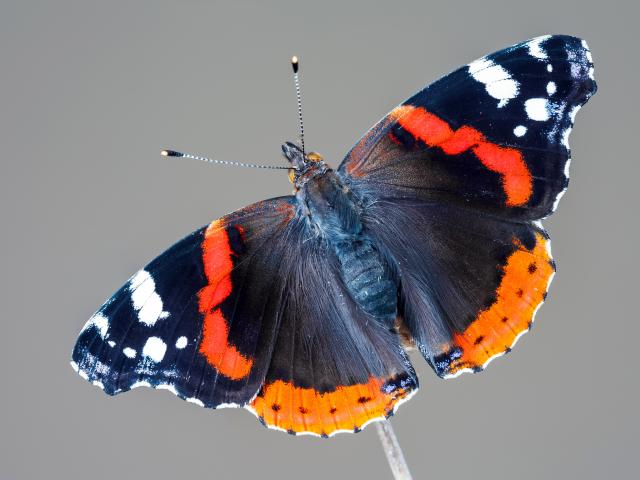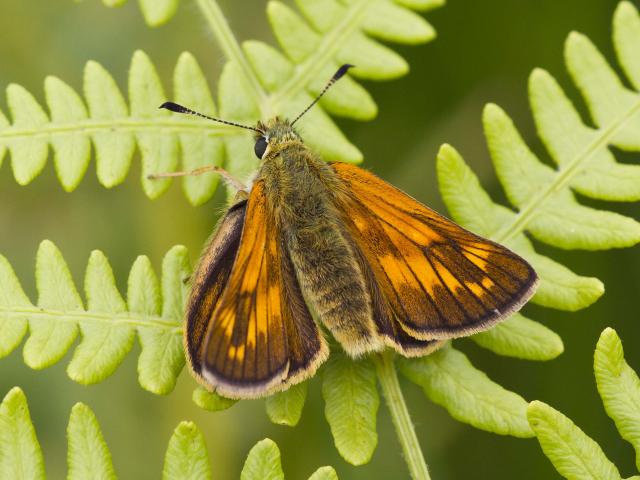All About Us
Mount Fancy Reserve was established by Butterfly Conservation approximately in 2010, leasing land from Forestry England and Wessex Water. The original site was 27Ha in extent. In 2022 Butterfly Conservation decided not to renew the lease it had with Wessex Water. The site are is now 13Ha and is formed in two linked compartments. Being on the north scarp face of the Blackdown National Landscape, has a rich mosaic of habitats and terrain. There are unimproved grasslands, meadows, wetlands, semi-ancient woodlands, hedge lines, mires, ancient trees are all found within its boundaries. The reserve was formed due to the variety of butterflies, including some rare and specialist ones, to be found. Climate change and transition from the traditional farming techniques is resulting in a change of the habitat cover, as a direct consequence the numbers of these rare and specialist butterflies have dramatically declined, as elsewhere in the country. The focus in the management of the reserve now is to improve the habitat to retain the butterflies still to be found and hope to create conditions where some species that have been seen recently may find the conditions suitable to return.
Annual data is held on the numbers of butterflies seen weekly since 1998. During the peak flying times a fixed route transect is walked on a day when they are likely to be seen and the sightings submitted to a national data base. Late in the season of 2023 a canopy transect was established to survey specifically for the canopy living purple hairstreak. As butterflies are easy to spot and are early indicators of environment changes it is vitally important that these surveys are continued. Get in touch if you might be able to help.
It is of course not just butterflies. The Reserve, again due to its rich mosaic of habitats, supports a wide range of other wildlife and species, from mammals, birds, trees, wildflowers, lichen, moss and fungi. During 2023 eight reptile/amphibian survey mats were established to record what might be present. If you spot anything unusual, take a photo if you can and do make sure it is recorded or at least tell us about it. There is so much more to be learnt about what uses this reserve.
It is of course not just butterflies. The Reserve, again due to its rich mosaic of habitats, supports a wide range of other wildlife and species, from mammals, birds, trees, wildflowers, lichen, moss and fungi. During 2023 eight reptile/amphibian survey mats were established to record what might be present. If you spot anything unusual, take a photo if you can and do make sure it is recorded or at least tell us about it. There is so much more to be learnt about what uses this reserve.
The Fancy Volunteers were formed with their first task day on 11th July 2023. We are a practical conservation working party dedicated to undertaking conservation work on a once a month basis at the Mount Fancy butterfly Reserve. The Reserve is managed and overseen by Butterfly Conservation with the South West Landscape Officer tasked with improving the management of the habitat and improving the connectivity of the Reserve with the adjoining landscape, working in collaboration with the Somerset and Bristol Branch of Butterfly Conservation and the Honorary Reserve Warden, Ian Walker.
In the past the Reserve has been managed with a mixture of commercial contractors and occasional task days bringing in Neroche Conservation Volunteers (NCV) for a specific task and location.. These NCV volunteers have had significant impact in the areas where they were allocated to work. However the day to day management needs of the Reserve are much wider ranging and would greatly benefit from having its own team of dedicated volunteers who could response quickly to any arising issues and can develop a good knowledge of the various locations around the reserve with their differing habitat needs.

